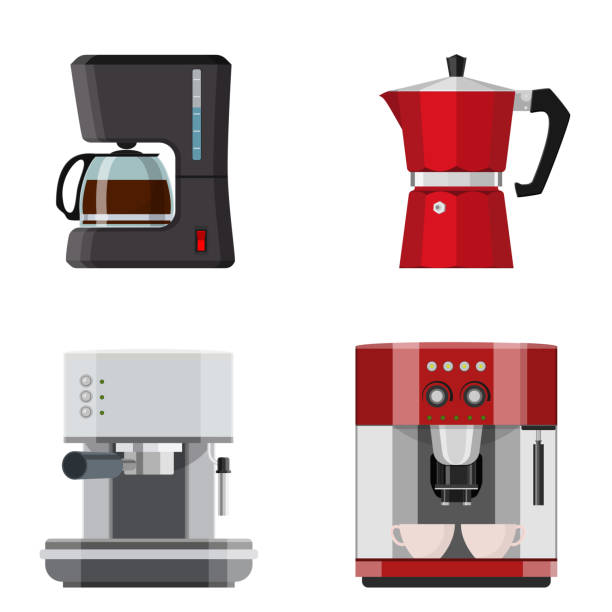One of the most common items in modern households is the coffee machine. Many individuals enjoy coffee but do not have the time to experiment with different brewing methods. Coffee machines, fortunately, handle all of the work for us. Making a cup of coffee is as effortless as clicking a button. For example, an office coffee machine.
Numerous coffee makers use the same fundamental technique to transport water via coffee grounds and into the mug. But there are a few changes to coffee-making methods, and it depends upon the type of coffee machine one has.
Drip machines are commonly seen in most households. Before transferring the final brew into your mug, this coffee machine passes water through the coffee. It’s a straightforward device that eliminates the hassle of brewing coffee.
This article will give a decent idea about different coffee machines and their working mechanisms.
1) Drip Coffee Makers
Due to their availability, longevity, and capacity to swiftly prepare coffee for many people simultaneously, drip coffee makers have become a favourite fixture of Australian households.
It is good value for money, easy to operate, and it is reliable.
2) Thermal Coffee Makers
Thermal coffee makers are similar to drip coffee makers, but they benefit from making coffee in an enclosed thermal reservoir. This keeps your coffee warm for hours instead of continuing to reheat.
3) Espresso machines
Espresso machines are more expensive than other types of brewers and are more cumbersome. If you get the methodology routine down and are able to properly fetch the rich, tasty cup of brew like the best coffee shop, it is suitable for one.
4) Percolators
They make a mug of coffee that is regularly tasty and delicious. Drip brewers in many houses mainly replaced percolators because percolators had more components to install and maintain than drip brewers.
5) Siphon Coffee Makers
Due to their many delicate components and the considerable amount of time and labour that goes into brewing each kettle, siphon coffee makers, also known as vacuum pot coffee makers, may not be feasible for regular usage. Many siphon pot users testify to the exceptional quality of the coffee they make.
6) AeroPress
The AeroPress, which resembles a large injector, allows users to brew exquisite espresso-like coffees manually without costly and complicated equipment. The Aeropress is effortless to use, maintain, and carry during travel.
7) Moka Pot Coffee Makers
A handy and value-for-money substitute for a full-fledged home espresso machine is the Moka pot. It makes a creamy, delicious coffee that pairs well with milk products, flavoured syrups, or foamy steamed milk. Travellers also love the Moka pot as a brewing gadget.
Normal Coffee Vs. Coffee From The Coffee Machine
The only difference between machine coffee and regular coffee is how it is brewed. Filtered coffee is made by pulverising roasted coffee beans and pouring hot water and milk into them. Roasted coffee powder, milk, sugar, and water are the primary ingredients in the office coffee machine.
Cafestol, a chemical that can raise cholesterol, is present in relatively lower amounts in the coffee brewed in an automatic coffee maker than in the manually prepared coffee. Machine coffee can be a better alternative to filtered coffee. Caffeine is considered to dehydrate people, but machine coffee contains more water and less caffeine. This will help with fluid intake.


